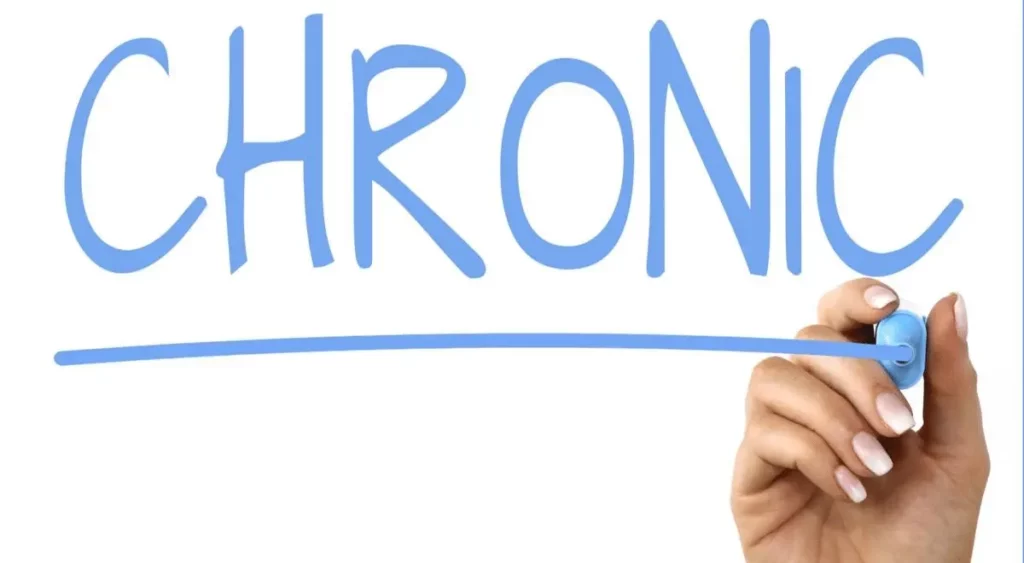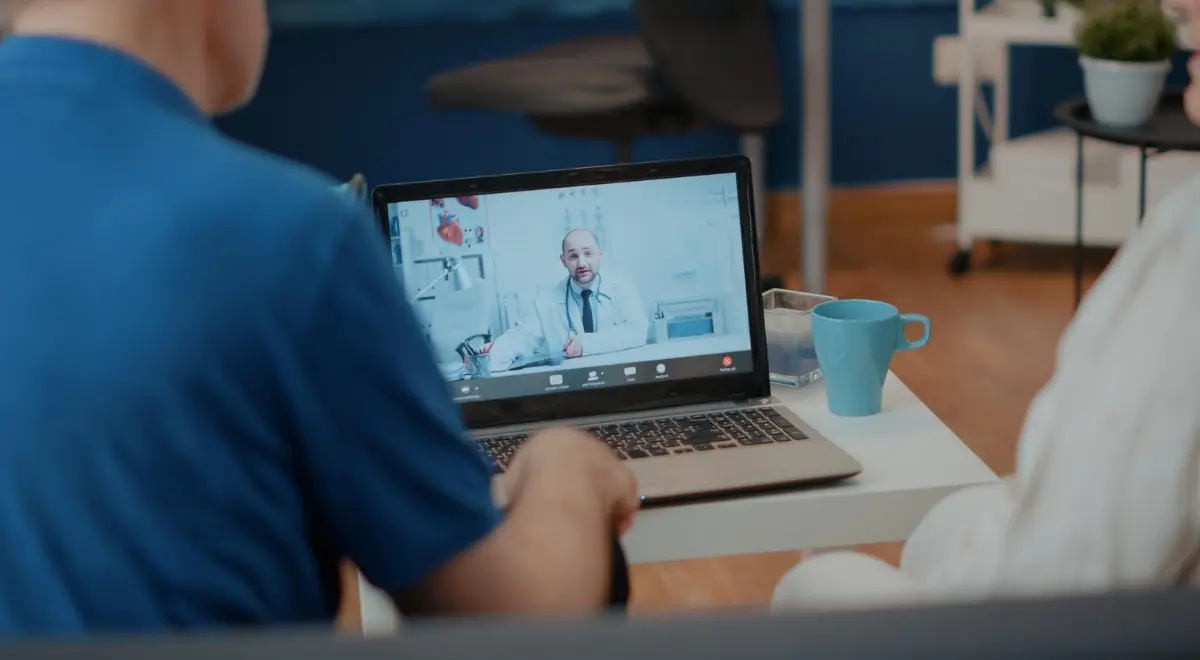Effective Practices for CCM

Chronic care management (CCM) has become common throughout the US. Subsequently, many healthcare centers and institutes offer this value-based reimbursement to cater to all chronic conditions of the patients. How effective can you imagine chronic care management to be? Here are the best and most effective practices for carrying out a successful chronic care management procedure:
1. Patient’s Eligibility for Chronic Care Management
The eligibility criteria for the enrollment of the patients in chronic care management consists of the following points:
- If the patient is suffering from two or more chronic pains and conditions
- The patient’s condition is expected to last for more than a year
- The chronic conditions are highly risky and can cause death, acute decomposition/exacerbation, or functional decline.
Some examples of chronic conditions for which a patient can be eligible to enroll in the chronic care management program are:
- Cancer
- Diabetes
- Chronic obstructive pulmonary disease (COPD)
- Cardiovascular disease
- Dementia
- Alzheimer’s disease
2. Chronic Care Management Services Providers
Other than physicians, the non-physician practitioners in the CCM service providers list includes the following:
- Certified nurse-midwives
- Nurse practitioners
- Clinical nurse specialist
- Physician assistants
Apart from the individual practitioners mentioned above, the hospitals, rural health clinics (RHCs), and federally qualified health centers (FQHCs) are also eligible to provide their chronic care management services. However, an important point to know is that only one practitioner and the hospital can receive chronic pain management reimbursement each month for a patient. The practitioner in this case can be an RHS, physician, or FQHC.
3. Patients’ Consent Document
To maintain the patients’ medical records and history, it is highly recommended that the practitioners should get written patients’ consent. Once the written document is prepared, the practitioner can deliver chronic care management services to the patient.
Whenever a patient meets a physician or the one who provides chronic care management services, the practitioner must explain to the patient that only one practitioner can serve the patient each month, and the patient can abandon receiving service any time he or she wants. A practitioner should also discuss with the patients what they can expect from chronic care management services and what helps them the most to cope with chronic pain management.
4. Creating Care Plans
The CCM provider requires to maintain the electronic care plan. Establishing care plans allows specialists to practice individualized care. The care plan should consist of:
- Current medication prescriptions
- Individuals and resources involved in the care
- Expected outcomes and treatment goals
- List of patient’s health issues, including chronic conditions
5. Noting the Time Spent
The practitioners note down the time spent on each patient during each-day caring service. Especially for the non-face-to-face service (remote patient monitoring), it helps to identify how much time the practitioner spends on the patient in a particular month. Remote Patient Monitoring for CCM also includes care coordination, medication reconciliation, prescription management, and calls to the patient.
6. Coordination Services Like HealthArc
Due to some limitations in clinical settings, many healthcare centers do not offer Chronic Care Management services. Perhaps, they don’t have space or probably the manpower. In such cases, hospitals and clinics have an option for partnering with the other CCM service providers and work in coordination. For instance, HealthArc offers Remote Patient Monitoring (RPM) and Chronic Care Management (CCM) services to work in coordination with healthcare practices, hospitals, and medical groups.
Also Read: Principal Care Management CPT Codes
Most recent blogs
Categories
- Advanced Primary Care Management
- Behavioral Health Integration
- Cellular Remote Patient Monitoring
- Chronic Care Management
- Chronic Care Management Billing
- Chronic Care Management CPT Codes
- Chronic Care Management Program
- Chronic Care Management Software
- Digital Health Platform
- Principal Care Management
- Principal Care Management CPT Codes
- Remote Care Programs
- Remote Monitoring Devices
- Remote Patient Care
- Remote Patient Monitoring
- Remote Patient Monitoring Billing
- Remote Patient Monitoring CPT Codes
- Remote Patient Monitoring Devices
- Remote Patient Software
- Remote Therapeutic Monitoring
- Remote Therapeutic Monitoring Billing
- Remote Therapeutic Monitoring CPT Codes
- Telemedicine & RPM
- Transitional Care Management
- Transitional Care Management Billing
- Transitional Care Management CPT Codes
Related Posts
- December 5, 2024 | Read Time: 7 mins
How Remote Patient Monitoring Improves Chronic Care Management?
- July 23, 2024 | Read Time: 8 mins
HealthArc Vs. Prevounce: Which One To Choose?
- July 9, 2024 | Read Time: 3 mins






